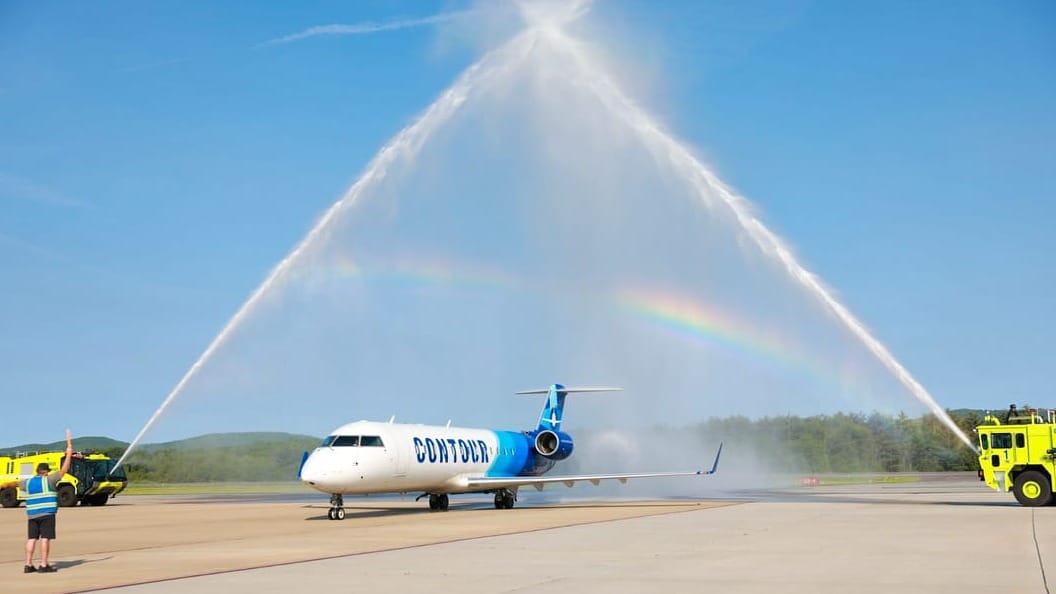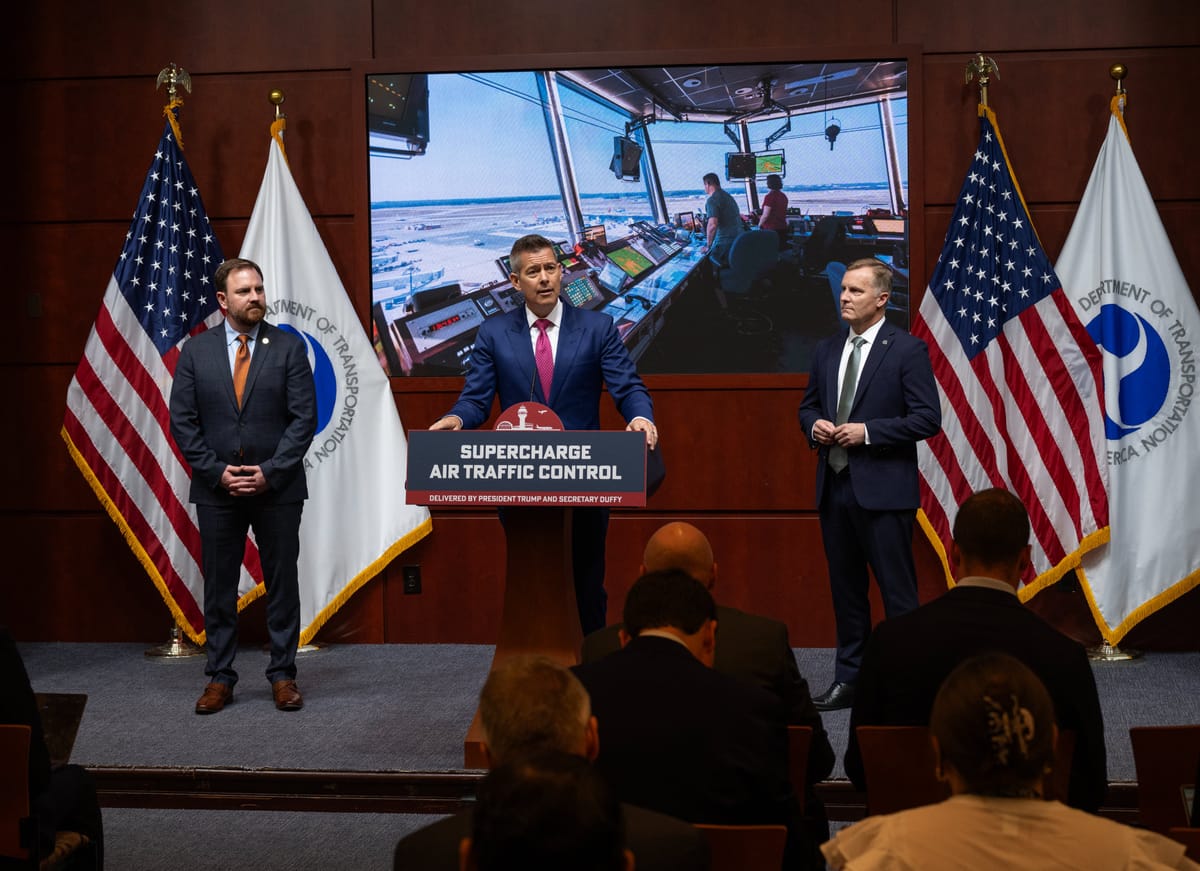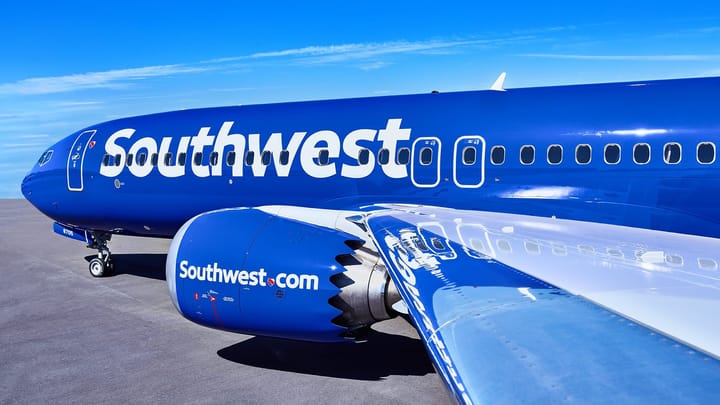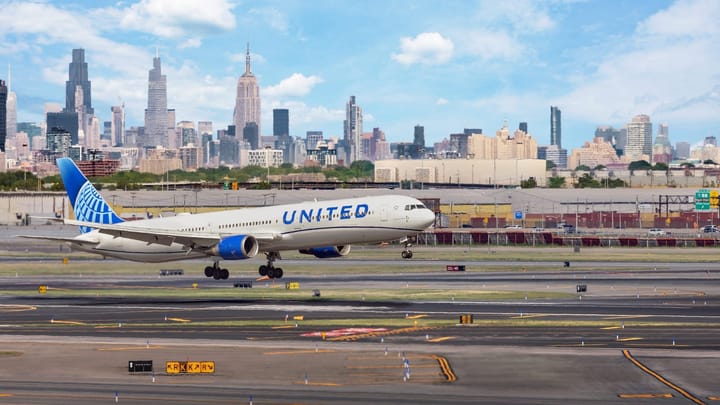US DOT warns EAS subsidies could stop after October 12
Funding for EAS has already been under attack, yet the program seemingly survived the cuts in the newest budget bill.

The Department of Transportation (DOT), in multiple filings, has warned that Essential Air Service (EAS) funds could run out beyond October 12, 2025, with the Department saying that it would relieve airlines of their obligations under the program on that day if the government shutdown continues.
In several filings published on October 6, the DOT alerted stakeholders, including communities dependent on EAS, that there might be a potential shortfall of funding for the program should the government shutdown continue beyond October 12.
If it does, the Department “will relieve air carriers of their obligations under EAS contracts, and will suspend reimbursement under AEAS [Alternative EAS – ed. note] grants, beginning on October 13, 2025,” until federal funding is restored.
The DOT explained that funding for EAS, as well as AEAS, comes from appropriated funds and overflight fees collected by the Federal Aviation Administration (FAA). With Congressional funding lapsing following the government’s shutdown that began on October 6, “the Department does not have access to the appropriated portion of its budget.”
As a result, this will “severely limit” the DOT’s ability to pay airlines for their subsidized services, and with uncertainty surrounding revenue from monthly overflight fees, as well as daily subsidy expenditures, the uncertainty has forced the Department to inform stakeholders, including communities and airlines, that the DOT will be unable to provide payments beyond October 12.
“If the Department is unable to pay EAS carrier subsidies beyond October 12, 2025, by this Notice, we will relieve all EAS carriers of their obligations under all EAS orders beginning on October 13, 2025, until such time as funding is restored.”
Unlike air traffic controllers (ATC), who have continued working during the government shutdown and will receive pay for “those work periods occurring during the [funding] lapse,” according to the National ATC Association (NATCA), airlines that continue operating EAS flights beyond October 12 “would do so at their own risk as the Department may not be able to pay the contracted subsidy.”

Still, the DOT said that for carriers continuing to fly on EAS routes, it will cover all valid claims “based on the amount of overflight fees receivable and other budgetary resources available.”
For AEAS services, the DOT informed that it would resume paying its obligations and reimbursements per the grant agreements. Thus, AEAS may continue, yet the Department warned that recipients of funds “are at their own risk in the event AEAS funding is further delayed or not appropriated.”
Unlike EAS, which subsidizes specific routes following proposals from airlines, AEAS recipients allow communities to receive a grant that they can spend “in a variety of ways that might better suit their individual needs.”
In a press conference on October 6, Sean Duffy, the Secretary of Transportation of the US, revealed that funding for EAS should have lapsed on October 9, but "we found some more money to put into it."
According to an FAA document from December 2024, in FY 2025, which ran until September 30, 104 airports qualified for EAS funding during the fiscal year, which includes 13 new destinations compared to FY 2024. During the latter fiscal year, 94 airports qualified for EAS funds.
For a community to receive EAS subsidies, it has to meet the following criteria, the document read:
- The area has a per-capita income of 80% or less of the national average
- The area’s 24-month unemployment rate is at least 1% greater than the national average
- The area has a special need due to actual or threatened severe unemployment or severe short or long-term changes in economic conditions.
EAS has already been under attack by the administration led by Donald Trump, the President of the United States. While Trump had distanced himself from Project 2025 during the campaign trail, during the government shutdown, in a post on his social media network, he said that he would meet with Russell Vought, “of PROJECT 2025 Fame.”
Vought is currently the Director of the Office of Management and Budget (OMB).
Project 2025’s paper about how to rule the country includes a small paragraph about EAS, reading that such subsidies “are also distorting the commercial market,” with EAS subsidizing flights to 200 small airports that, without federal subsidies, “are not otherwise commercially viable.”
“Finally ending the program would free hundreds of pilots to serve larger markets with more passengers. A new Administration could reform regulations to encourage airports in lower-served areas of the nation.”
Vought, in a May 2025 letter to Susan Collins, the US Senator serving as the Chair of the US Senate Committee on Appropriations, suggested that one of the funding changes in FY 2026 would be related to the EAS, saying that the program “funnels taxpayer dollars to airlines to subsidize half-empty flights from airports that are within easy commuting distance from each other, while also failing to effectively provide assistance to most rural air travelers.”
Vought-led OMB proposed to rein in EAS subsidies and replace them with a “mix of reforms to adjust eligibility and subsidy rates to help rural communities’ air transportation needs in a more sustainable manner.”
“This would save American taxpayers over $300 million from the 2025 level.”
At the same time, Vought said that the FY 2026 budget included a record $175 billion to “secure” US borders.
Funding for EAS was threatened by the ‘Big Beautiful Bill,’ which has been at the heart of the issue that resulted in the government shutdown, with Republicans refusing to accommodate healthcare subsidies constituents, including their own.
When Steve Womack, a US Congressman who is the Chair of the US House Subcommittee on Transportation, Housing and Urban Development, and Related Agencies, presented the ‘Big Beautiful Bill’ before the Subcommittee on July 14, 2025, he said that EAS funding has been maintained at $514 million, which will protect “service to 56 communities that the budget request would have eliminated.”





Comments ()